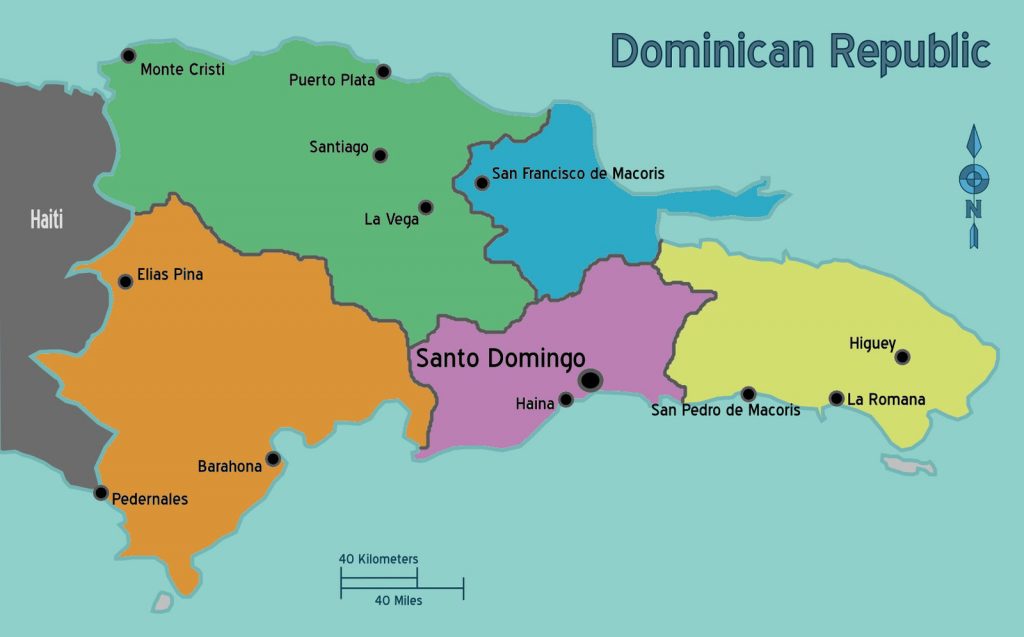
Rojas is a baseball writer at ESPN and this piece is a chronological history of baseball academies. Rojas discusses the topic with many important actors in the matter. Rafael Pérez, MLB director of Dominican operations, who calls the academies ‘optimal’ places to develop players. This access signs 450-500 Dominican players a year. It also has discussions with former players who were ‘produced’ through the academy that revolutionized the concept in the 1980s – the Los Angeles Dodgers’ Campo Las Palmas. Former outfielder Raúl Mondesí comments on his time in ‘baseball heaven’ at the camp.
This article is relevant because it presents the statistical reality of the academy system. Rojas shows how camps produce Hall of Fame players but they are in the 3-5 percent that make it to the majors. The article does not mention verbal/underage agreements or identity fraud, two issues of law circumvention that are present in this system.
Basically, the academies offer the players the tools to develop themselves in the future, even if they don’t achieve their goal of playing in the majors. The numbers are sobering: Less than 3 percent of prospects who were signed in the Dominican Republic in 2006 made it to the big leagues, compared to 11.5 percent of those signed in the United States during the same period, according to numbers published by Mother Jones magazine in 2013.
Industry data obtained by ESPNDeportes.com shows that only 3-5 percent of players signed in the Dominican Republic make it to the majors, compared to 11-17 percent of those signed in the United States. Fifty percent of players who reach the major leagues come from North American universities, 25 percent come straight out of high school and 25 percent are from the international market.
Rojas, Enrique. “Baseball Academies Thrive in the Dominican Republic.” 2015. ESPN.Com. July 1, 2015. https://www.espn.com/blog/onenacion/post/_/id/710/baseball-academies-thrive-in-the-dominican-republic.